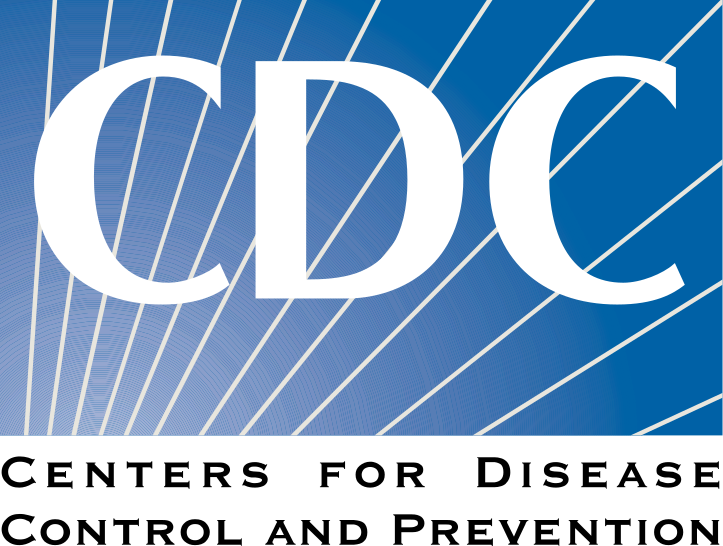Birth defects are conditions present at birth that impact the health of a person; chromosomal or genetic differences, such as Down syndrome or sickle cell disease, and major "structural" or physical differences, such as cleft palate or limb deficiencies, are all birth defects.
Birth defects affect more than 120,000 children in the United States or 1 in every 33 babies born every year, and are one of the leading causes of infant deaths.
An infant may be born with more than one birth defect. Some birth defects, such as Down syndrome, can affect multiple organs. Some infants born with birth defects have an increased likelihood of premature birth, illness, and long-term disability.
Researchers do not know the causes of all birth defects. Many birth defects are believed to have multiple causes, including both genetic and environmental factors. More research is needed to understand the links between the environment and birth defects.
Here, we focus on the types of birth defects that may be linked to environmental exposures.
To learn about genetic (not environmentally linked) birth defects in California, see the California Department of Public Health Genetic Disease Screening Program site or the Tracking California Sickle Cell Data Collection Program web page.
Birth Defects Across California
Tracking California provides data on a range of birth defects (e.g., anencephaly, cleft lip) for several counties across the state.
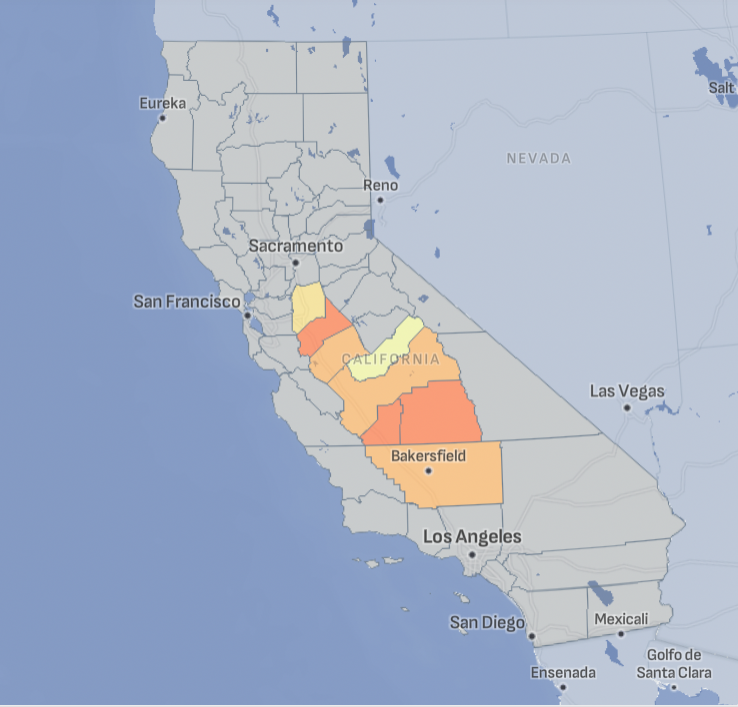
Birth Defects and the Environment
Although most babies are born healthy and free of birth defects, there are many types of possible defects. On this website, we have information for 12 important birth defects that have some relationship to environmental or controllable factors. Avoiding these known or suspected exposures and behaviors before and while pregnant can help to increase the chances of having a healthy infant, although the majority of birth defects happen for unknown reasons.
Potential risk factors include:
- Smoking while pregnant
- Drinking alcohol while pregnant
- Using recreational or certain prescription drugs while pregnant
- Certain chronic health conditions
- Poor maternal nutrition
- Lack of folic acid
- Maternal stress
In addition, a mother's exposure to certain chemicals and pollution may increase the risk of birth defects. A pregnant woman may be exposed to chemicals through breathing, eating or drinking food or water that contains chemicals, or absorption through the skin. These chemicals can then pass through the placenta and into the fetus's bloodstream. A fetus' development may be more susceptible to these environmental exposures during the first trimester. This is the most sensitive time in pregnancy, when the organs and limbs are formed.
Important pollutants to avoid include:
- Air pollution (linked to heart and other birth defects)
- Pesticides in general
- Atrazine (an herbicide used to control weeds that is a risk factor for gastroschisis)
- Arsenic (a naturally occurring metal in soil or water that may increase the risk of birth defects)
- Disinfection byproducts that may be in drinking water (risk factor for neural tube and heart defects)
- Mercury (through eating some kinds of fish or through skin exposure, may harm nervous system)
- Plastics (risk factor for nervous system defects)
- Solvents, such as paint thinner, nail polish remover, oven cleaner (risk factor for neural tube and heart defects)
Who is Vulnerable to Birth Defects?
Birth defects result from a combination of genetic, environmental, and behavioral factors. For the majority of birth defects, it is unclear how these factors work together or what the specific cause is. The rate of birth defects is not the same for every population. Disparities in birth defects can sometimes provide clues regarding the causes of disease. Perhaps more importantly, they enable us to understand the patterns of health outcomes as social justice issues. Researchers are not certain why some groups have higher or lower rates of birth defects. Possible explanations include the effects of poverty and racism, environmental exposures, diet, unequal access to healthcare, unequal treatment in the health care system, and genetic factors.
Race and ethnicity
Pre-term birth rates are highest among Black infants, and pre-term birth increases the risk of birth defects. Rates of neural tube defects are significantly higher among Hispanic infants than among other racial and ethnic groups in the United States. After accounting for maternal age, Hispanic infants were more likely to have Down syndrome than other infants. Asian infants have been shown to be at higher risk for oral-facial clefts. Rates of hypospadias have been shown to be higher in Whites when compared to other racial/ethnic categories.
Maternal age
Maternal age has been shown to be a risk factor for some birth defects.
For example, the risk of having an infant with Down syndrome, in particular, increases with maternal age. At age 35, the risk is about 1 in 400, while at age 45, the risk is about 1 in 30. Some research also suggests that infants born to very young (teen) mothers may have a higher risk for gastroschisis.
Geography and environment
Environmental factors may contribute to geographic disparities in birth defects. For example, living near a hazardous waste site, living near high traffic areas, and obtaining drinking water from a source with high concentrations of disinfection byproducts all increase the risk of some types of birth defects.
Birth Defects Publications
Residential agricultural pesticide exposures and risks of selected birth defects among offspring in the San Joaquin Valley of California [2016] Suzan L. Carmichael, Wei Yang, Eric Roberts, Susan E. Kegley, Timothy J. Brown, Paul B. English, Edward J. Lammer, Gary M. Shaw
Early pregnancy agricultural pesticide exposures and risk of gastroschisis among offspring in the San Joaquin Valley of California [2014] Gary M. Shaw, Wei Yang, Eric Roberts, Susan E. Kegley, Amy Padula, Paul B. English, Suzan L. Carmichael
Residential agricultural pesticide exposures and risk of neural tube defects and orofacial clefts among offspring in the San Joaquin Valley of California [2014] Yang W, Carmichael SL, Roberts EM, Kegley SE, Padula AM, English PB, Shaw GM
Residential agricultural pesticide exposures and risk of selected congenital heart defects among offspring in the San Joaquin Valley of California [2014] Suzan L.Carmichael, Wei Yang, EricRoberts, Susan E.Kegley, Amy M.Padula, Paul B.English, Edward J.Lammer, Gary M.Shaw
Hypospadias and residential proximity to pesticide applications [2013] Carmichael SL, Yang W, Roberts EM, Kegley SE, Wolff C, Guo L, Lammer EJ, English P, Shaw GM
Other Birth Defects Resources
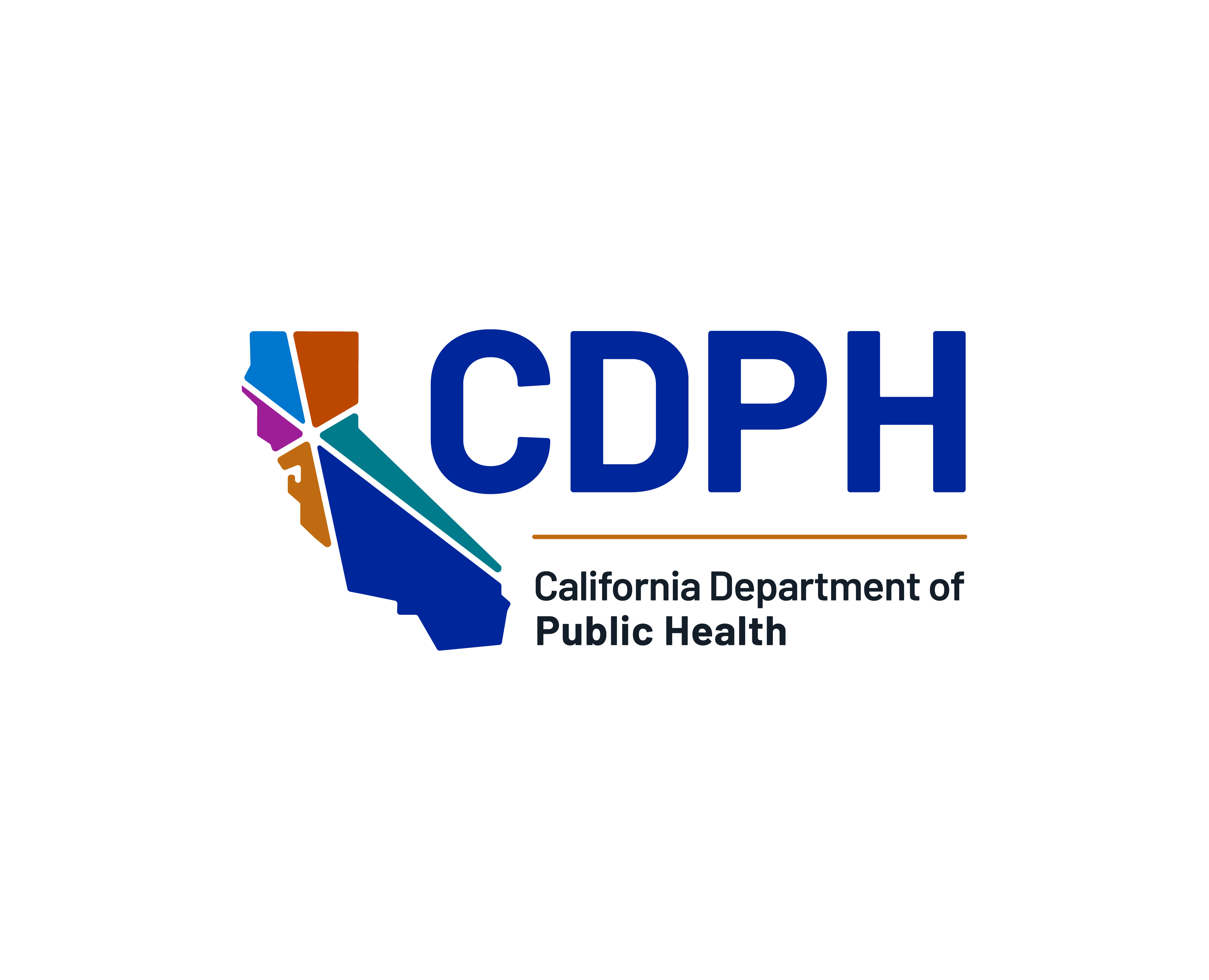
California Birth Defects Monitoring Program
The California Birth Defects Monitoring Program (CBDMP) collects and analyzes data to identify opportunities for preventing birth defects and improving the health of babies. CBDMP also provides information about birth defects and resources for support services.

California Prenatal Screening Program
The California Prenatal Screening Program focuses on detecting birth defects during pregnancy and provides information about screening for some birth defects.
National Center on Birth Defects and Developmental Disabilities
CDC-NCBDDD collects and analyzes birth defect data and provides resources on how to prevent birth defects.
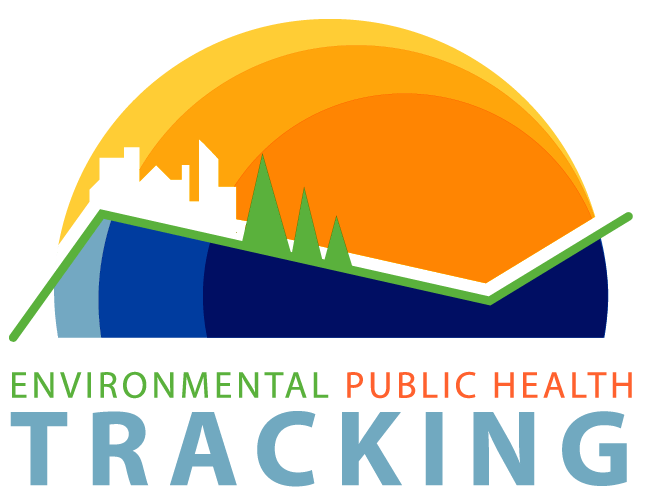
National Environmental Health Tracking Program (EHTP) Portal
The Centers for Disease Control and Prevention reports on birth defects data by county for select states.
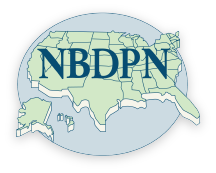
National Birth Defects Prevention Network
The National Birth Defect Prevention Network (NBDPN) is a volunteer-based organization that addresses the issues of birth defects surveillance, research and prevention under one umbrella by maintaining a national network of state and population-based birth defects programs. NBDPN has birth defects surveillance reports and State Specific Birth Defects Profiles.
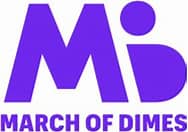
March of Dimes
March of Dimes is a nonprofit organization dedicated to improving infant health by preventing birth defects, premature birth, and infant mortality.

Birth Defects Research for Children, Inc
Birth Defects Research for Children is a free resource for birth defect information, parent networking, and birth defect research through the National Birth Defect Registry.

